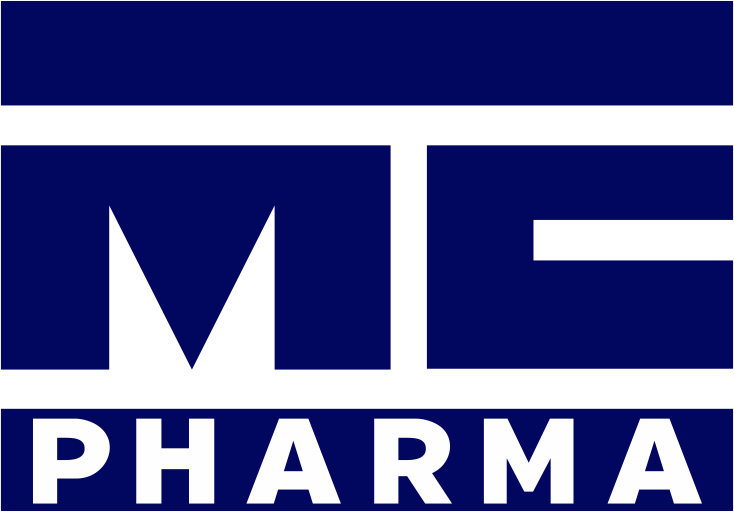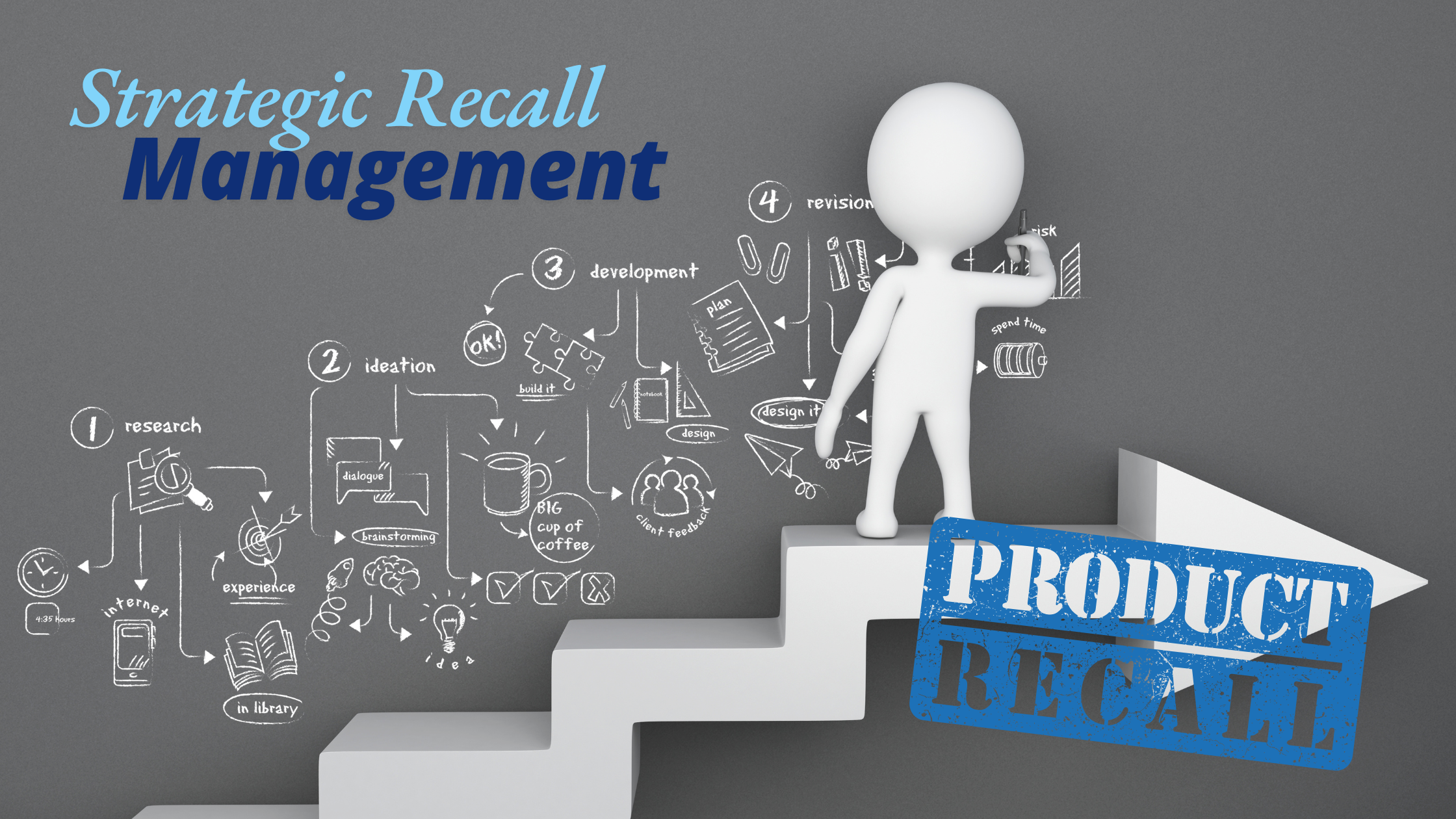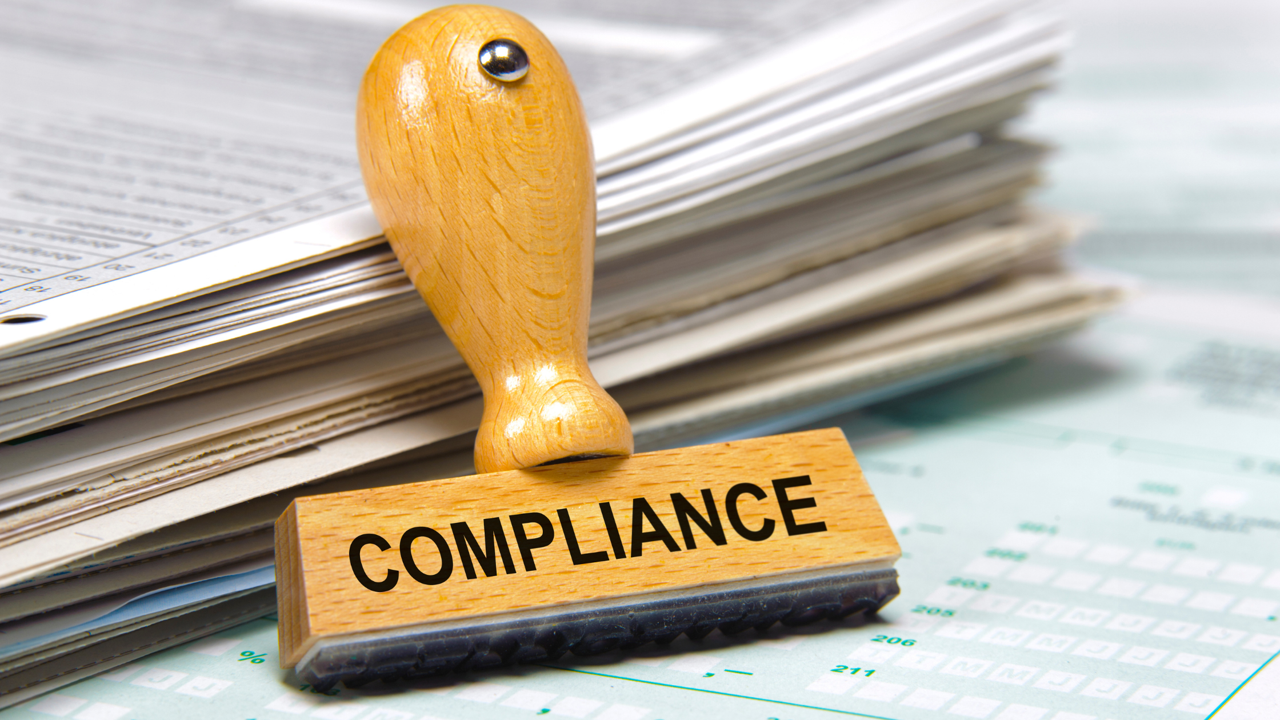Exploring the evolving landscape of pharmaceutical regulatory affairs
- Category Regulatory Affairs
Introduction
In the dynamic realm of the pharmaceutical industry, regulatory affairs serve as the guardians of public health, ensuring adherence to stringent laws and regulations. As the industry continues to undergo transformative changes, regulatory requirements evolve in tandem, shaping the landscape of drug development, approval, and marketing. Recognizing the pivotal role of regulatory affairs is essential for pharmaceutical enterprises to navigate this intricate terrain successfully.
The significance of regulatory affairs within the pharmaceutical sector cannot be overstated. It encompasses a broad spectrum of responsibilities, from fostering effective communication with regulatory agencies to shepherding new drugs through the approval process while maintaining compliance with guidelines. Over time, regulatory frameworks have witnessed substantial evolution, driven by the imperative for heightened scrutiny, transparency, and adherence to best practices.
At the heart of pharmaceutical regulatory affairs lie key stakeholders, including regulatory agencies such as the FDA and EMA, pharmaceutical companies, healthcare professionals, patients, and advocacy groups. Together, they form a collaborative ecosystem dedicated to upholding the highest standards of safety, efficacy, and accessibility in pharmaceutical products. As we embark on an exploration of the ever-changing landscape of regulatory affairs, it becomes evident that a comprehensive understanding and proactive engagement with its intricacies are paramount for driving innovation and safeguarding public health on a global scale.
Latest Trends in Pharmaceutical Regulatory Affairs
The landscape of pharmaceutical regulatory affairs is in a perpetual state of evolution, marked by emerging trends that redefine the trajectory of drug development, regulation, and commercialization. An overarching shift towards embracing digital transformation has emerged as a cornerstone trend, leveraging technology to optimize regulatory submissions, enhance data management, and fortify compliance monitoring. Simultaneously, a pronounced emphasis on real-world evidence and patient-centric methodologies is gaining prominence, reflecting a concerted effort among regulators to integrate patient perspectives and real-world data into their decision-making frameworks. Furthermore, concerted global harmonization endeavors are underway, seeking to synchronize regulatory practices across disparate regions, thereby curbing redundancy and fostering broader access to groundbreaking therapeutic innovations. These converging trends collectively delineate a dynamic landscape characterized by innovation, collaboration, and an unwavering commitment to advancing global healthcare standards.
Regulatory Challenges and Opportunities in the Pharmaceutical Sector
Navigating the intricate path of drug approvals and submissions presents a formidable hurdle for pharmaceutical enterprises. The perpetual evolution of regulatory norms, compounded by the imperative for expeditious approvals, demands a meticulously planned strategy. Embracing the nuances of shifting regulatory terrains in the aftermath of the pandemic introduces novel complexities, ranging from remote inspections to virtual meetings and accelerated reviews. Leveraging technology to streamline compliance and monitoring processes emerges as a crucial tactic for organizations striving to maintain regulatory compliance, facilitating prompt submissions and approvals. By embracing these strategies, pharmaceutical companies can navigate the regulatory labyrinth with agility and precision, ensuring their products reach the market efficiently while upholding stringent compliance standards.
Outlook for Pharmaceutical Regulatory Affairs
Anticipating forthcoming regulatory trends and advancements is paramount for pharmaceutical firms aiming to maintain competitiveness within an ever-evolving landscape. The pivotal challenge lies in striking a delicate equilibrium between fostering innovation and ensuring adherence to rigorous regulatory mandates. As companies endeavor to pioneer transformative therapies, they must navigate the intricate web of regulatory requirements to secure approvals efficiently. Additionally, the interplay of geopolitical dynamics can exert profound influences on global regulatory harmonization endeavors, potentially precipitating alterations in regulatory frameworks and practices across different regions. By proactively monitoring and adapting to these shifting regulatory landscapes, pharmaceutical entities can position themselves strategically to capitalize on emerging opportunities while safeguarding compliance integrity.
Conclusion
In the dynamic landscape of pharmaceutical regulatory affairs, adaptation and foresight are paramount. The evolving nature of regulations, coupled with advancements in technology and shifting geopolitical dynamics, presents both challenges and opportunities for pharmaceutical companies. From embracing digital transformation to navigating post-pandemic regulatory changes, organizations must remain agile and proactive in their approach.
As stakeholders collaborate to ensure the safety and efficacy of pharmaceutical products, the future of regulatory affairs promises continued innovation and collaboration. Balancing the pursuit of groundbreaking therapies with stringent regulatory compliance will be central to driving progress in the pharmaceutical industry. By staying abreast of emerging trends and leveraging technology to enhance compliance and monitoring processes, companies can navigate regulatory complexities while delivering impactful treatments to patients worldwide.
FAQs
Q: What role does regulatory affairs play in the pharmaceutical industry?
A: Regulatory affairs are vital in ensuring compliance with laws and regulations to safeguard public health. It involves liaising with regulatory agencies, ensuring adherence to guidelines, and facilitating the approval process for new drugs.
Q: How have regulatory requirements in the pharmaceutical sector evolved?
A: Regulatory requirements have become stricter with increased scrutiny and the demand for transparency. The landscape has shifted towards embracing digital transformation, focusing on real-world evidence, and global harmonization efforts to align practices across regions.
Q: What are some of the latest trends in pharmaceutical regulatory affairs?
A: Key trends include the adoption of digital technologies to streamline regulatory processes, a focus on real-world evidence and patient-centric approaches, and global harmonization efforts to reduce duplication and improve access to innovative treatments.
Q: What challenges do pharmaceutical companies face in navigating regulatory landscapes?
A: Companies encounter challenges such as adapting to post-pandemic regulatory changes, leveraging technology for efficient compliance, and balancing innovation with regulatory compliance while striving to develop groundbreaking therapies.
Q: How can pharmaceutical companies prepare for the future of regulatory affairs?
A: Staying ahead of regulatory requirements using technology for compliance and monitoring and remaining agile in adapting to emerging trends are crucial strategies. Collaboration with stakeholders and a proactive approach to regulatory changes are also essential for success in the evolving regulatory landscape.







